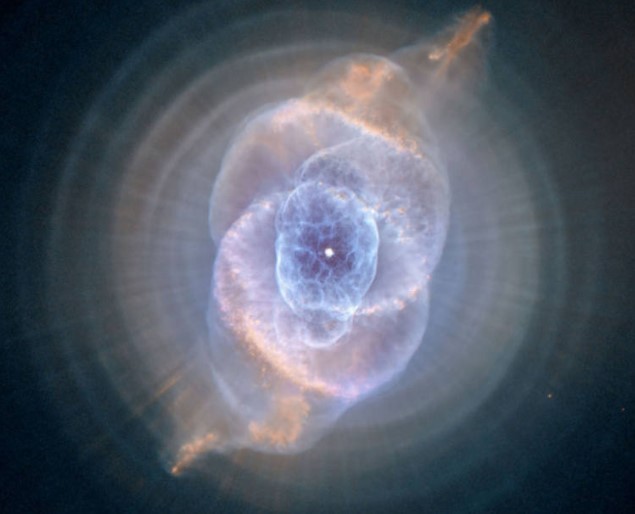The Cat's Eye Nebula is one of the most mysterious nebulae formations that continuously baffles astronomers. In fact, some theories regarding this planetary structure have come out, yet no one has been able to explain their connection to this.
To closely take a look at this structure, the researchers have developed a 3D model of the planetary nebula that exists more than 3,000 light-years away from Earth.
What is a Cat's Eye Nebula?

When a star dies, it emits a lot of gasses that form another structure. The so-called formation is the object in space that we know as a nebula. The result is often fascinating to the viewers since it comes in different colors and patterns.
Speaking of which, astrophysicists have created a three-dimensional representation of the popular Cat's Eye Nebula. According to NASA, the Hubble Space Telescope has witnessed the beauty of the NGC 6543 nebula thanks to its Advanced Camera for Surveys (ACS).
The Cat's Eye Nebula features a mishmash of dust shells and unique filaments shaped like an arc. In the past, this formation often left curiosity in the minds of the experts who are still finding answers about its origin.
In an article from Phys.org, the latest study includes how the precessing jets contribute to shaping this planetary nebula in vast space. Although it's an interesting lead to explore, it still lacks some explanation from a scientific model.
To find possible answers regarding the mechanism that triggers its shape to form, Ryan Clairmont, the study's lead author, has developed a 3D form of the Cat's Eye nebula.
Together with Nico Koning and Dr. Wolfgang Steffen, the team reconstructed the 3D model of the structure through the data provided by San Pedro Martir National Observatory.
Related Article : NASA's Hubble Space Telescope Captures 'Butterfly Nebula' In Stunning Motion | Fun Facts About This Beautiful Space Butterfly
Symmetrical Rings
They found the perfect symmetry of the rings and concluded the occurrence of a jet precession. The experts compared it to a wobbling movement we can see when playing a top.
The data that they gathered about the ring seems to be inconsistent. Later, they figured out that the appearance of jets was just temporary. They could not form a 360-degree rotation in just a glimpse.
"When I first saw the Cat's Eye Nebula, I was astounded by its beautiful, perfectly symmetric structure. I was even more surprised that its 3D structure was not fully understood," Clairmont said.
The researchers noted the changes in the position of the jets, which is responsible for the formation of the Cat's Eye. To calculate the precessing jet's opening angle and tilt, they came up with the creation of its 3D model.
To view the study entitled "Morphokinematic modeling of the point-symmetric Cat's Eye, NGC 6543: Ring-like remnants of a precessing jet," visit the Royal Astronomical Society for more details.
Read Also : NASA James Webb's Captures Southern Ring Nebula, Proving It's More Advanced Than Other Space Telescopes
This article is owned by Tech Times
Written by Joseph Henry
ⓒ 2025 TECHTIMES.com All rights reserved. Do not reproduce without permission.

![Best Gaming Mouse For Gamers With Smaller Hands [2025]](https://d.techtimes.com/en/full/461466/best-gaming-mouse-gamers-smaller-hands-2025.png?w=184&h=103&f=6fd057ef777bd39251d4e7e82e9b23f1)


